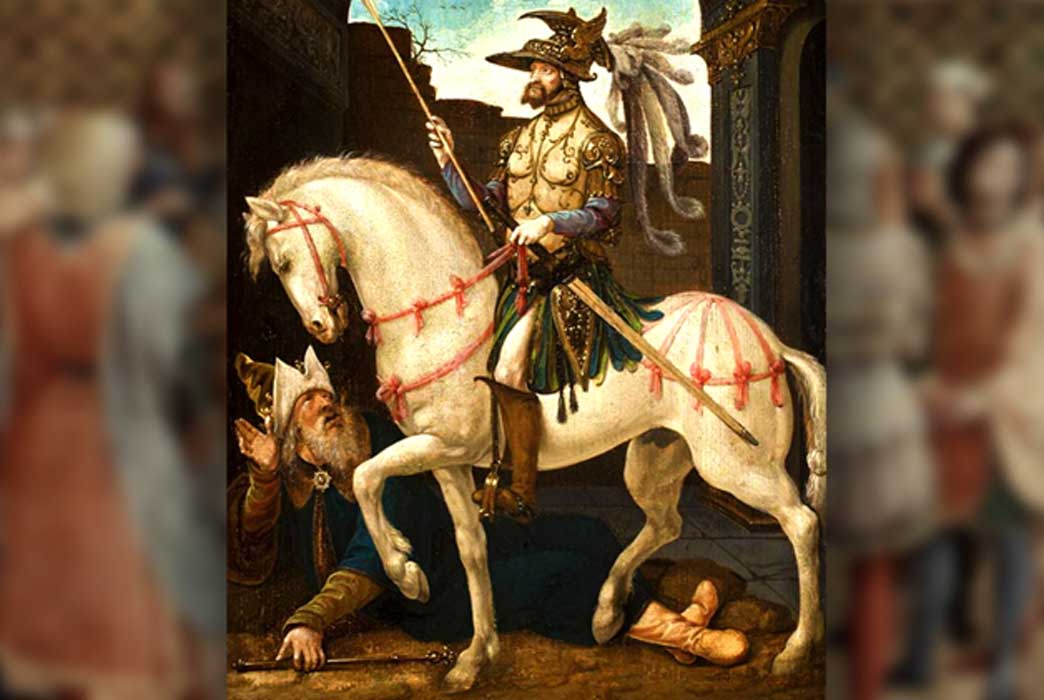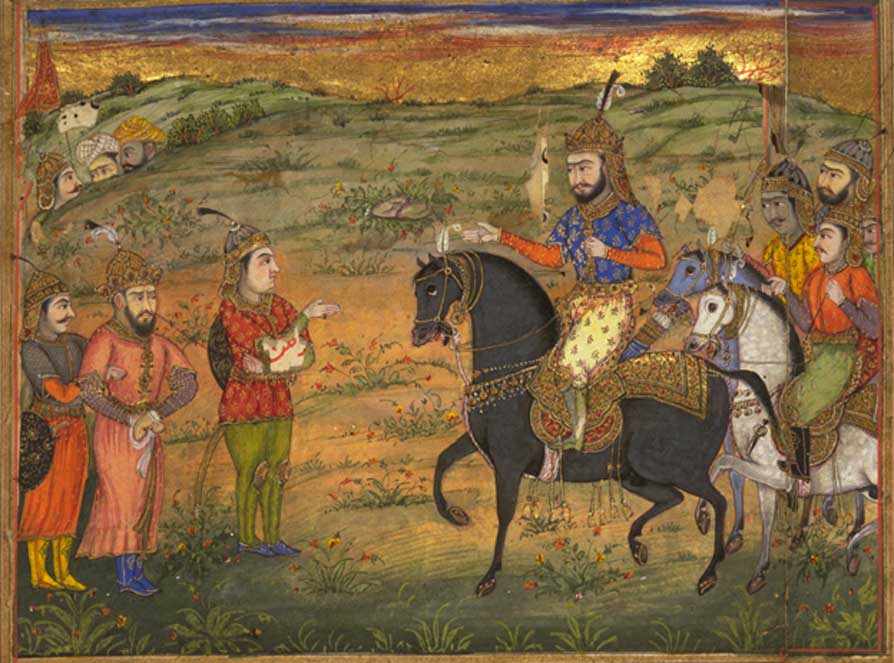
What Really Happened to Valerian? Was the Roman Emperor Humiliated and Skinned at the Hands of the Enemy?
The death of Valerian is traditionally known as one of the most dramatic and unfortunate of all the deaths of the Roman emperors. The widely accepted story is that Valerian wanted to end the war with the Sassanians by offering them money. The Sassanian king, Shapur I sent the ambassadors back to Valerian with a message that he wanted the emperor to come and appeal to him in person. When Valerian went to Shapur with a small retinue, he was seized by the Sassanians. According to Byzantine historian Zosimus, Valerian ended his days in the capacity of a slave among the Persians.

Shahnameh illustration of Valerian captured by Shapur I's men. (Public Domain)
Lactantius’ account of Valerian’s fate is more gruesome. Lactantius, ancient Christian author and advisor to Constantine I, claimed that Emperor Valerian was used as a human footstool whenever Shapur wanted to mount his horse. After Valerian’s death, Lactantius claims that “he was flayed, and his skin, stripped from the flesh, was dyed with vermilion, and placed in the temple of the gods of the barbarians.”

The Humiliation of the Emperor Valerian by the Persian King Shapur, 1521. (Public Domain)
However, inscriptions and rock-reliefs commemorating Shapur’s victories from the Persian side do not support these claims. A damaged scene at Bishapur shows Shapur on horseback with Roman Emperor Gordian III under his horse and another Roman Emperor Phillip kneeling before him.

Shapur’s Triumph over Valerian in Bishapur. (Sahand Ace/CC BY-SA 3.0)
A nearby rock-relief represents Shapur on horseback at the center of a prostrating Gordian and Valerian standing at the side of the king who holds him by wrist. Another carving at Naqs-e Rostam shows a kneeling Philip and a standing Valerian. Finally, a Roman-Persian workmanship depicts Shapur and Valerian in hand-to-hand combat. All representations of the captive Valerian show him as unfettered and in regalia, disproving the rumors that he was mistreated. So why did the Roman writers claim otherwise?





